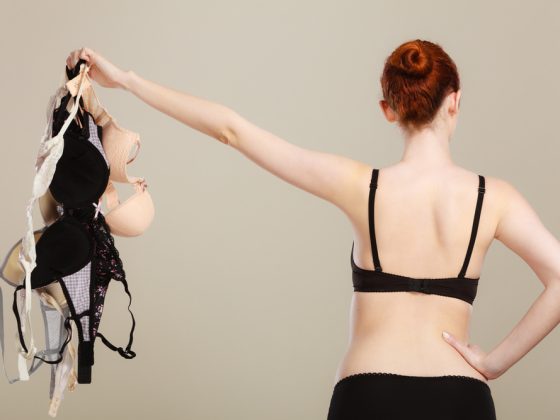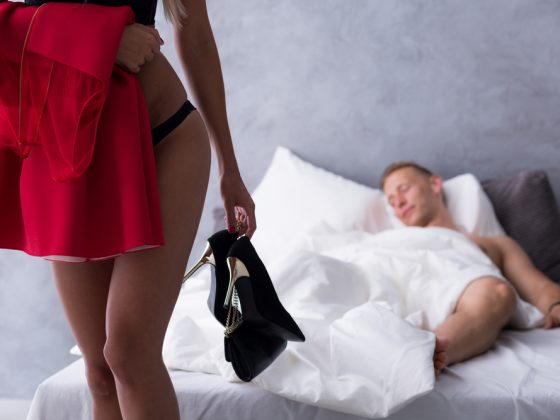A woman can have pubic hair that fully covers the area above where her thighs meet and some of the surrounding skin.
A woman’s unique genes will ultimately determine how much pubic hair she has and where it covers.
Darker colored hair can also make it appear like a woman has more hair than she does, while lighter hair can make it look like a woman has less.
Table of Contents
Why do women have pubic hair?
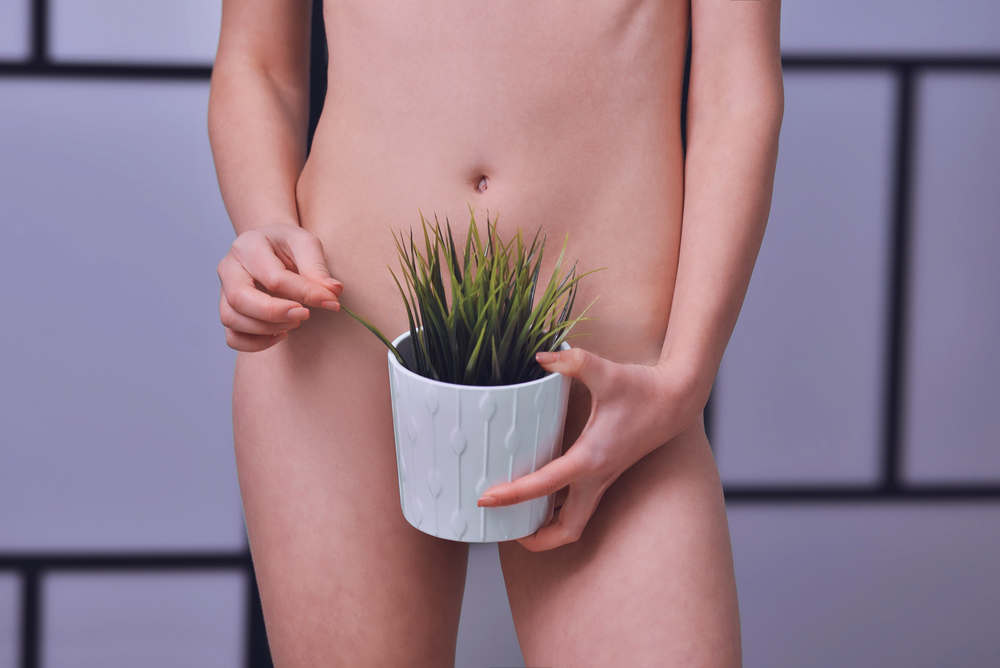
Simply put, women have pubic hair because they are human beings. It serves the same function as it does for men: to protect the delicate genitals from friction, especially during sex.
As such, women grow denser hair on their vulvas, the external portion of the genitals that includes the labia minor and major.
Pubic hair also covers the mons pubis, the fleshy pad that sits above the vulva and beneath the curve of the uterus.
Men grow pubic hair in comparable areas, including around the scrotum, around the base of the penis, and less densely on the shaft of the penis.
What makes pubic hair unique?
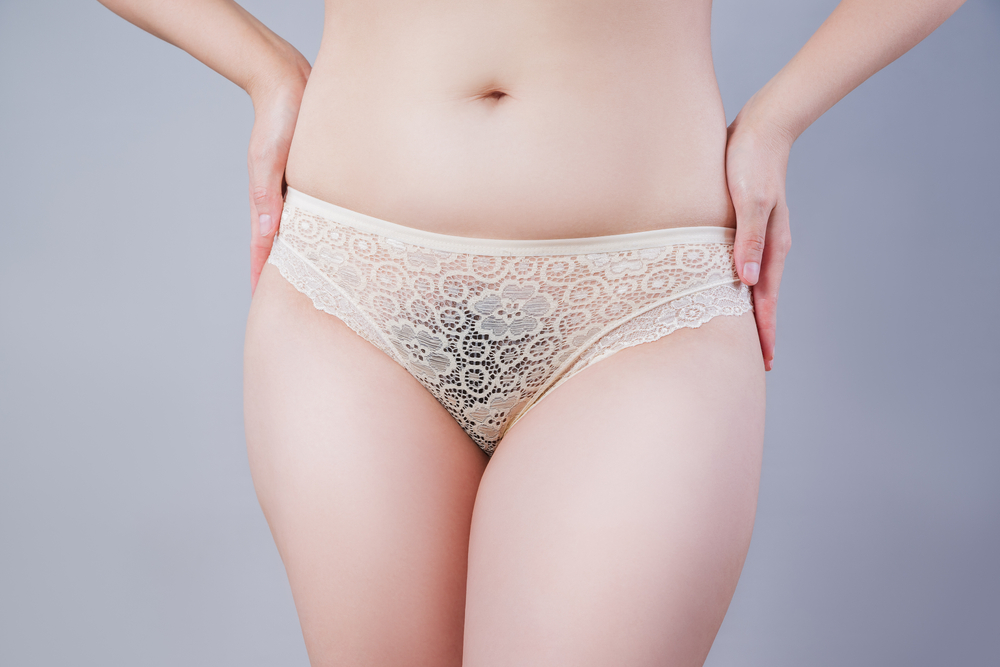
Pubic hair differs from other body hair in several ways, including the aforementioned density.
It’s often thicker, darker, curlier, and longer, which is how it protects the delicate parts it covers.
Like any curly hair, pubic hair is longer than it looks. A straightened strand can be several inches long.
But even if you left your pubic hair alone, it wouldn’t continue growing indefinitely.
The curl and thickness of pubic hair can stand out from a body, creating a “cushion” inside your underwear or clothing.
Dense pubic hair can also poke through thinner fabrics. It’s not uncommon for a few strands to poke out the sides of your underwear or swimsuit.
Is it normal for women to have pubic hair in other places?
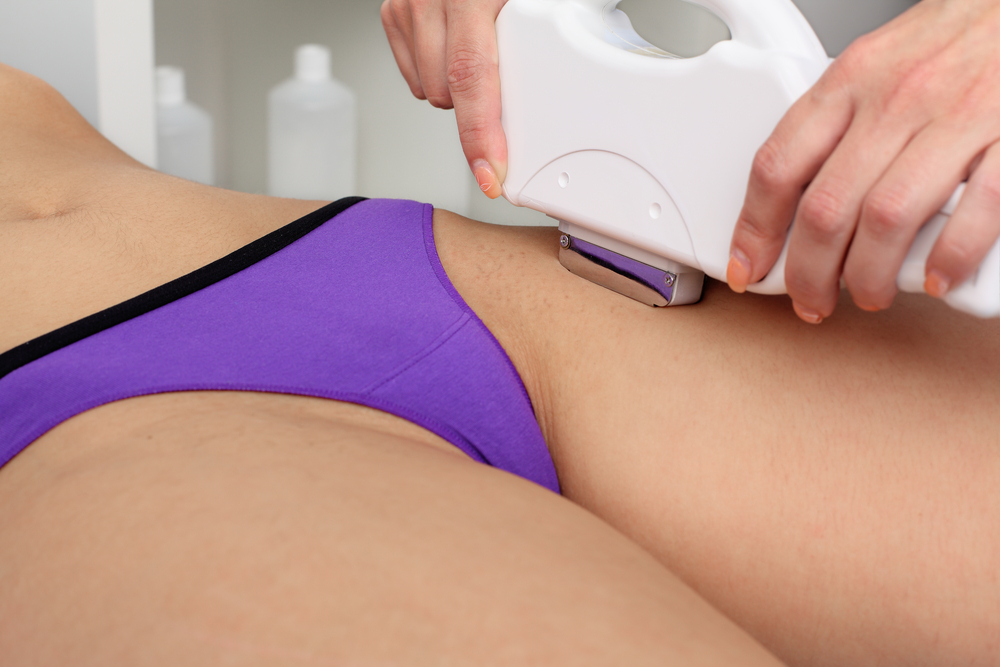
Yes, pubic hair isn’t perfectly limited to a triangle of skin above the place where a woman’s thighs meet.
It can extend outward toward the inner thighs, an area included in bikini line hair removal.
In some people, the dense, curly hair continues further down the insides and backs of their thighs.
Pubic hair can also extend upward toward the stomach and the so-called treasure trail.
You’ll also find that pubic hair grows backward from the vulva toward the butt. The hair can cover the cheeks and crack and also surround the anus.
However, it tends to be more concentrated closer to the anus and genitals.
Why does stigma around pubic hair exist?
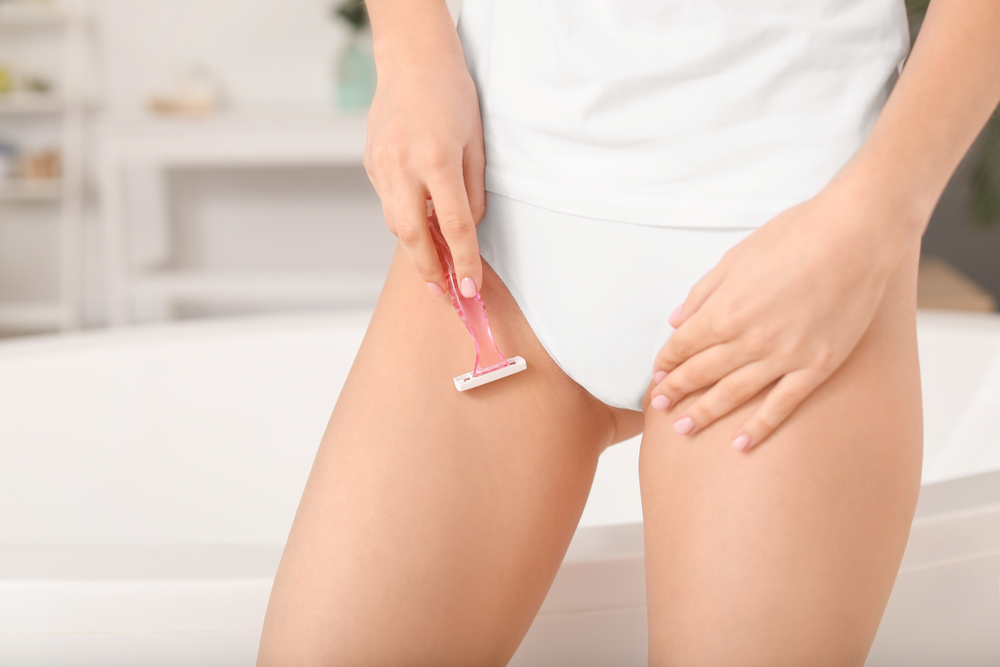
The current trend to create the impression of a bare mons pubis has been going strong since the early 2000s.
Many credit the increased accessibility of porn, thanks to the rise of the Internet, for exposing the mainstream to bush-free genitals.
By the 1990s, the practice was common among adult stars, and the general public soon followed suit.
Penthouse Magazine displays the first bald vulva in 1970, followed by Hustler’s first “pink shots” in 1974.
This progression is visible in softcore publications like Playboy, which accepted the trend more slowly.
By the 1980s, porn actresses began shaving.
Some speculate that society’s obsession with teenage beauty and sexuality fueled the removal of women’s pubic hair because it gave them a more youthful appearance.
Is pubic hair dirty?
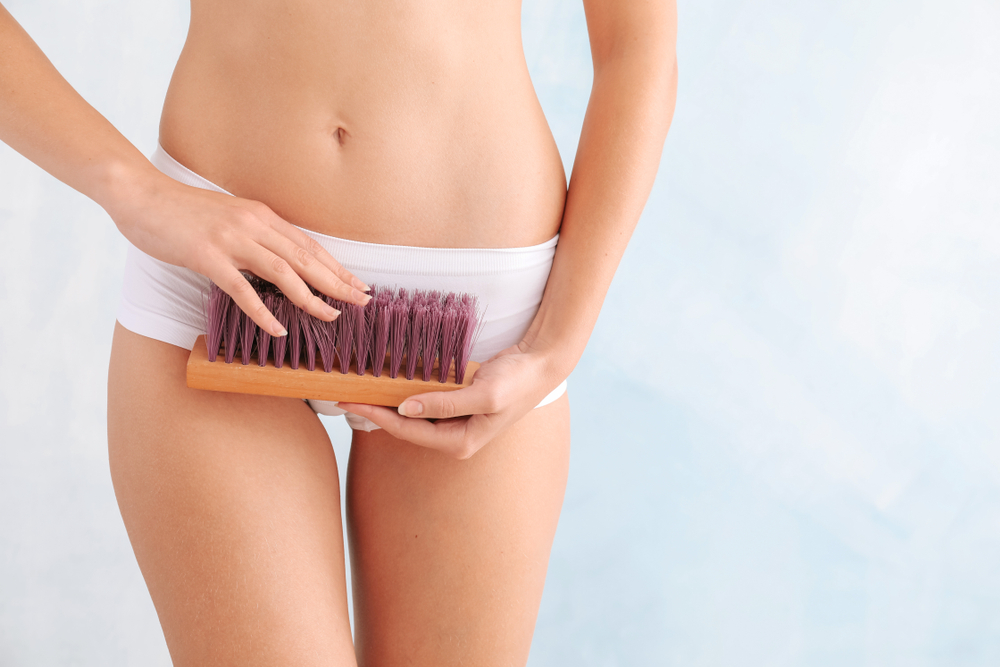
The idea that removing pubic hair is necessary for hygiene because hair is unclean isn’t true and didn’t always exist.
A body completely free of hair does give the impression of cleanliness and purity, but it’s just that: a representation. Pubic hair is as natural as the skin it covers.
A bush can seem unkempt, especially if a woman wants to wear revealing underwear or clothing.
But we can easily clean our bodies with a bath or shower. In fact, with many people showering daily, we’re cleaner now than our species has ever been!
Some people also view body hair negatively because they associate it with feminists, who may reject cultural pressures to remove body hair.
But plenty of women would do little – if anything – to their pubic hair if they didn’t feel like they had to. And some feminists shave their body and pubic hair, too.
Why do we still remove pubic hair?
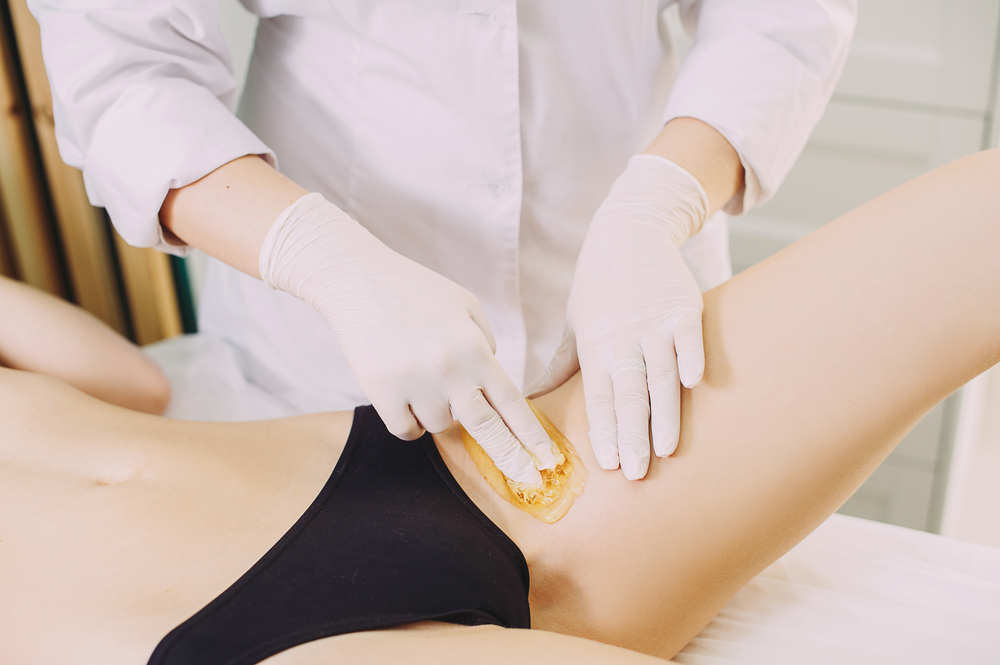
Over the past few years, many women have reclaimed bodily autonomy. This includes choosing whether they want to keep body hair, including pubic hair.
Some have moved away from removing hair entirely, while others are more reasonable about removing body and pubic hair.
Still, we’ve become accustomed to seeing images of hairless women, so much so that it’s easy to forget how natural body and pubic hair are.
Underwear such as thongs and other revealing clothing can also look and even fit better with less or no pubic hair.
On top of that, women may remove their pubic hair to encourage sexual reciprocity from their partners in the form of oral sex.
Finally, hair removal is big business.
Companies that make and sell razors, shaving cream, trimmers, skin serums, and body waxes encourage people, especially women, to remove their hair because this means consumers continue to buy their products.
Spas that provide hair removal services similarly benefit from women believing they have no choice but to remove hair from their bodies.
How can you remove pubic hair?
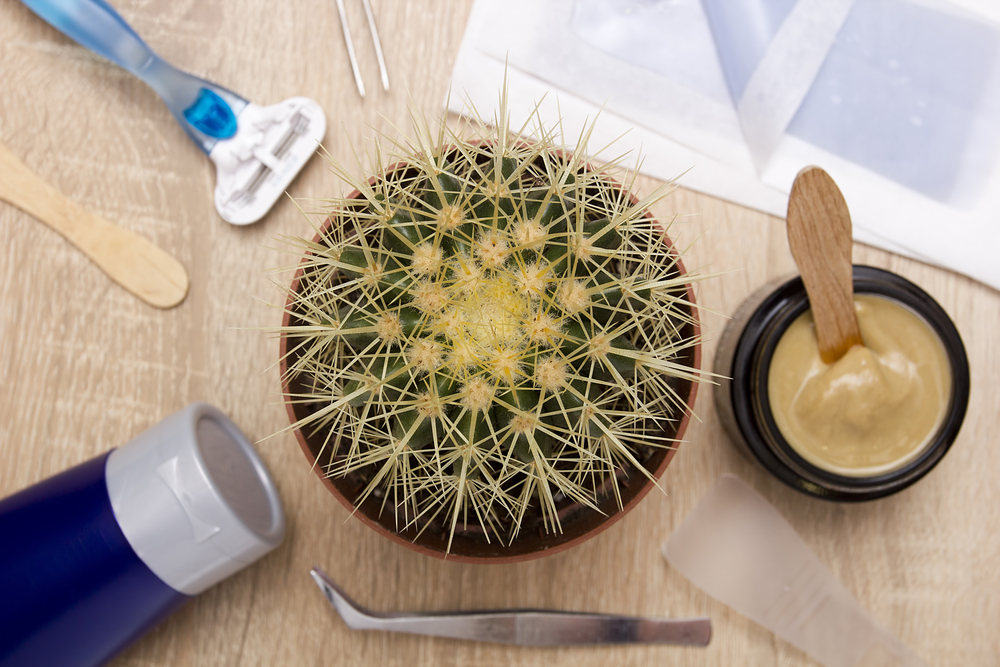
Women who want to reduce or altogether remove their pubic hair have several options, starting with temporary hair removal.
- Shaving runs a blade along the skin to cut pubic hair. Shaving creams, lotions, and oils help the razor move more smoothly.
- Electric trimmers cut away hair less closely than razors.
- Tweezers pluck hair from the root.
- Epilatory devices grab multiple hairs at once to pull them out from the root.
- Waxing uses hard or soft wax to grasp the hairs and remove larger swaths all at once.
- Depilatory creams use chemicals to weaken or eat away the hair.
Removing the hair from the root can damage or kill the hair follicle, leading to thinner and more sparse hair.
Plus, hair removed from the root grows back more slowly than hair cut by shaving or trimming.
For those looking for more permanent methods of pubic hair removal, you have several options.
Professionals offer laser or electrolysis hair removal, targeting the follicle to damage it and prevent future hair growth.
You can try a similar at-home IPL device, which is more affordable but less effective than professional pubic hair removal.
How do I know which method is right for me?
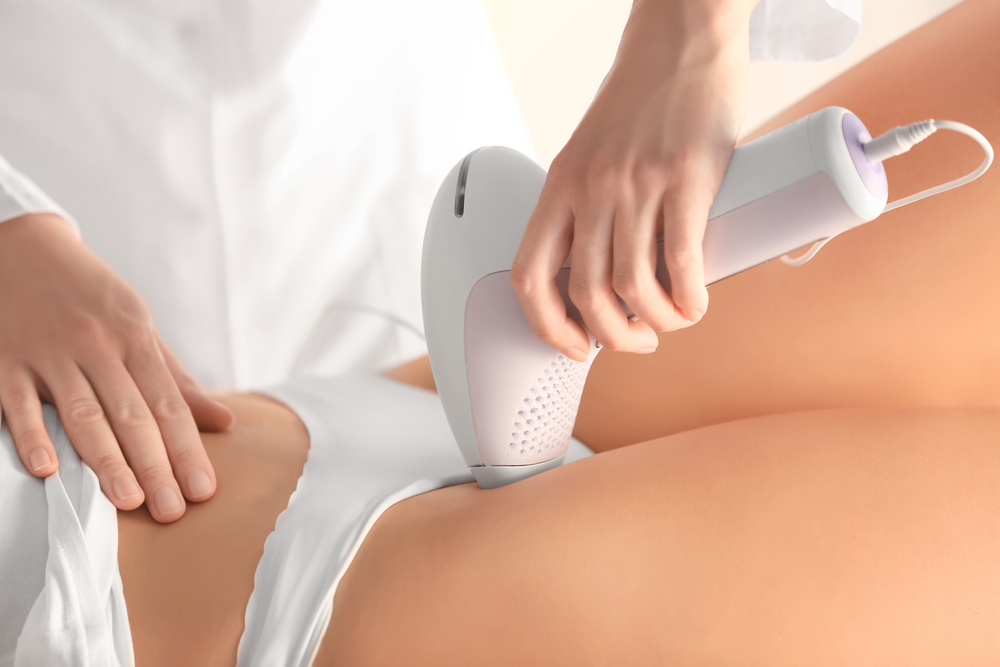
Choosing how to remove pubic hair depends on several factors, including your budget, the darkness and density of your hair, your skin color, how sensitive your skin is, and how much time you can dedicate to hair removal.
Shaving is the most practical option for many people because it’s affordable and quick and works regardless of how coarse your pubic hair is.
But it’s not without side effects, as you’ll read about in a bit.
Waxing leaves you hair-free for longer. You can even find spas that offer pubic waxing, such as the popular Brazilian, which removes all hair from your vulva, mons pubis, and butt crack.
But home waxing kits are available if cost or privacy are concerns.
Epilators and IPL devices are more expensive but can pay off in the long run if you find they effectively reduce pubic hair and slow its growth.
Just like with laser and electrolysis, you’ll need several sessions to see results and will need to keep up with periodic maintenance to keep yourself hair-free.
Are there negatives to removing pubic hair?
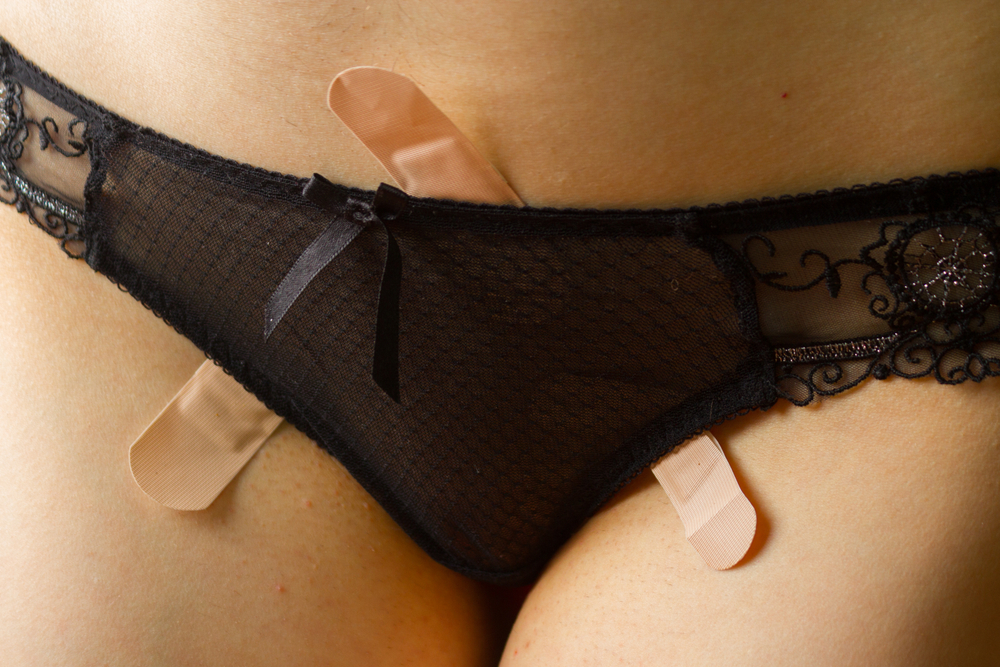
Most women who have removed pubic hair have experienced some adverse side effects.
First, removing hair means you lose the buffer that protects against friction.
Sex or even everyday activities may become painful and leave your vulva and surrounding areas sensitive.
Secondly, the method you choose to remove hair can have negative consequences. For example, any technique that plucks hair is painful and can cause sensitivity.
Depilatory creams and wax can burn your skin, which you, of course, want to avoid around the genitals. Shaving can cause uncomfortable razor burn, too.
As hair grows back, you can also experience ingrown hairs, and your follicles can become inflamed or even infected.
Finally, if your hair removal tools are not clean, you can develop infections when you use them.
How can you reduce irritation when removing pubic hair?
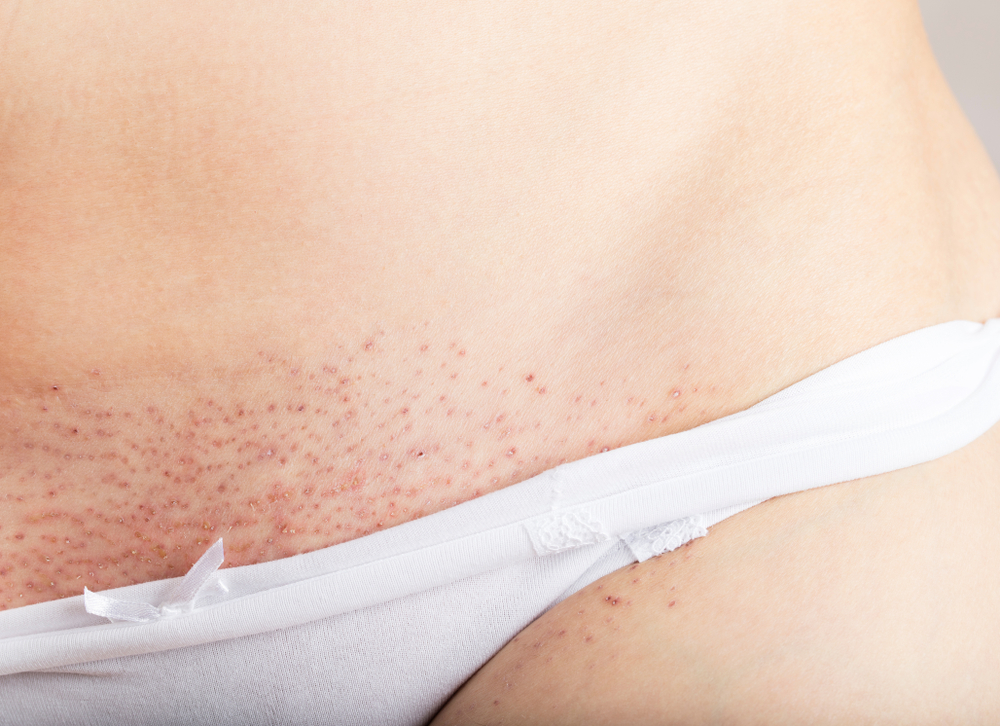
If you find removing hair leaves you uncomfortable, in pain, or even with an infection, you may need to adjust how you remove your pubic hair.
- Always wash your tools and practice using them on less sensitive body parts before moving to pubic hair.
- Buy products (wax, razors, shaving cream, etc.) designed for sensitive skin.
- Exfoliate your skin before and after hair removal.
- Open up hair follicles with warm water or a warm washcloth before removing your pubic hair.
- Use slippery shaving cream and shave with the direction of hair growth, not against it. The more blades, the more likely your skin will become irritated. Straight razors can also reduce irritation from shaving.
- Switch to trimming if you cannot avoid razor burn.
- Test the temperature of the wax and pull the skin taut when applying and removing wax, with or without strips.
- Close hair follicles with cool water after you’ve removed your pubic hair.
- Apply a soothing product after pubic hair removal.
- Use an antifriction cream or lotion to relieve your inner thighs and butt cheeks after removing pubic hair.
- Give your skin a break in between hair removal sessions.
Do other animals have pubic hair?
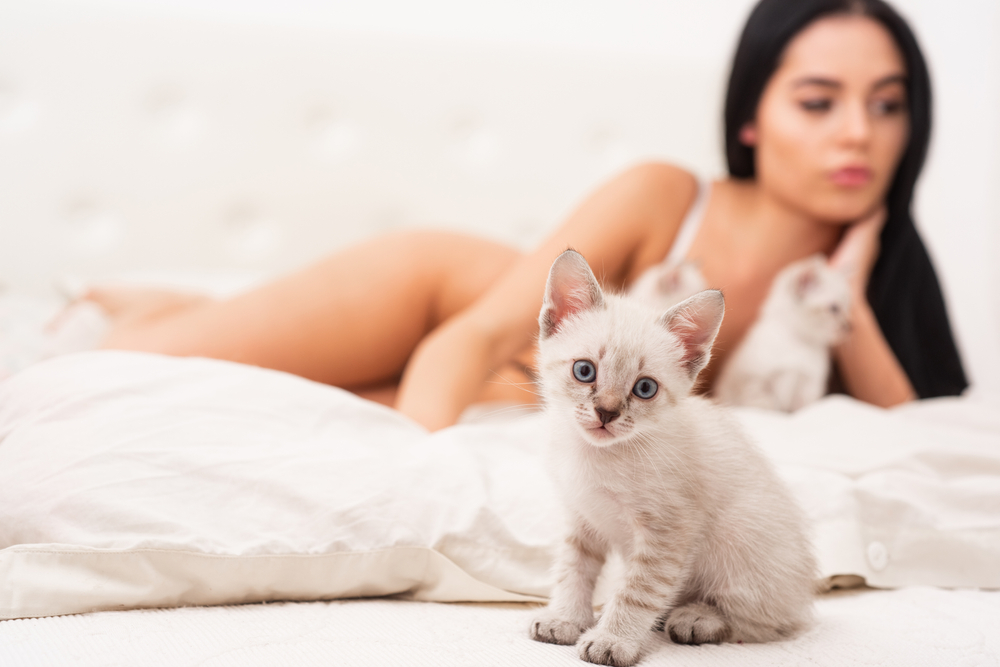
While you might think that animals that are more closely related to humans, such as apes, would also grow pubic hair, that’s surprisingly not the case.
Pubic hair is one thing that makes humans different from other animals. Researchers find that our distant “cousins” have fine and short hair in the pubic area.
This doesn’t mean that apes cannot contract pubic lice, however.
In fact, scientists believe that our species first caught the small bugs from apes around 3 million years ago.
Are there health benefits to removing pubic hair?
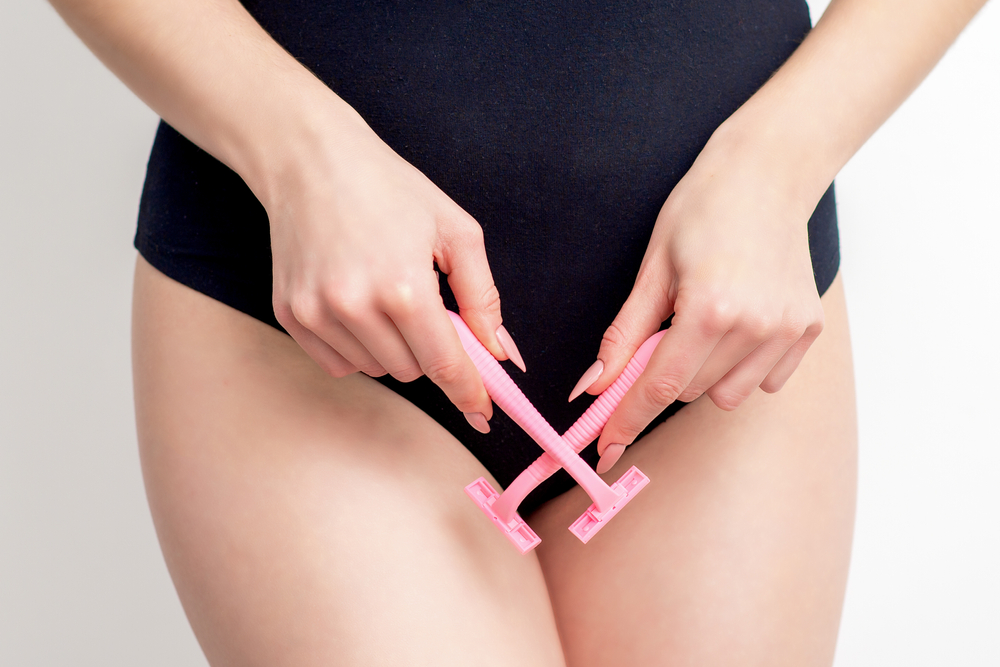
Although removing pubic hair prevents it from filling its natural function, and the removal method may have unwanted side effects, the trend has had one positive effect.
The prevalence of pubic lice has decreased along with our pubic hair.
Science has yet to directly link the near extinction of pubic lice in humans to dwindling pubic hair, but many suspect the latter led to the former.
Still, removing pubic hair can damage your skin, ultimately making it easier to contract other STIs.


